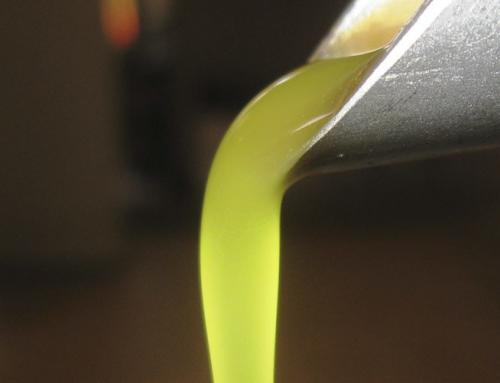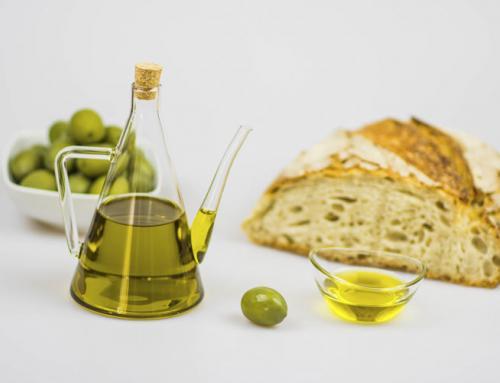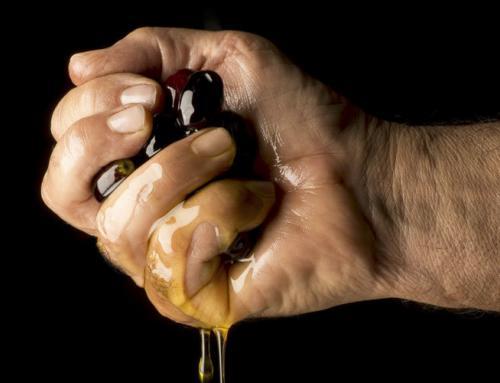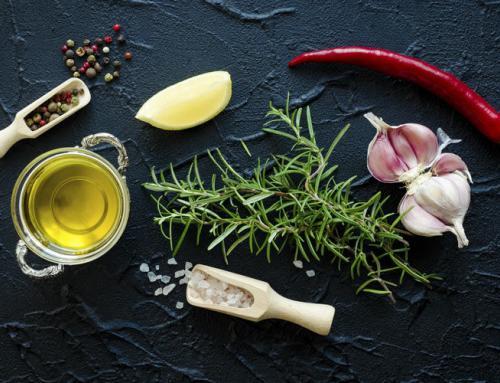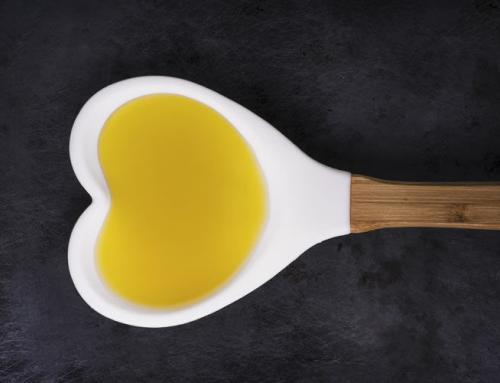It is often said that the greatest satisfaction in creating something lies in the act of doing it, rather than in the result. Working with olives is an art in all its phases: from the harvesting of the olives to their milling, up to being able to taste their taste in our dishes. For this reason, today we want to talk about the first phase of the production of extra virgin olive oil, the harvesting of olives.
The harvesting of olives is an extremely important and delicate operation for the production of high-quality extra virgin olive oil.
To obtain an excellent oil it is essential to adopt the right method of harvesting, choose the right period, taking into account the ripeness, variety and seasonal trend, store, and it is necessary to transport the olives to the mill in perforated boxes within 48 hours of harvesting.
The optimal methods for harvesting the olives are picking and shaking, which involves detaching them directly from the tree and minimize damage to the canopy:
– Olives are manually harvested directly from the tree, a method that best preserves the integrity of the fruit. In the past it was done by hand going up long stairs, now you work from the ground using facilitators with compressed air or electric machines that “comb” the plant and allow a significant saving of time and effort and reducing the safety problems related to the use of stairs. The olives detached from the branches fall to the ground on large nets spread on the ground and are then collected and placed in boxes.
– The shaking is the mechanical collection through shakers of the trunk or branches. These are large pincers driven by tractors that vibrate and cause the olives to come off and fall on sheets laid on the ground or in large upside-down “umbrellas”.
In the past – and in some places still today – the method of the natural fruit falling was used, and the olives were expected to fall due to maturation and then they were picked from the ground; this is a method to be avoided, because the oils produced by these olives are low quality, they do not last for long, and are not suitable for food consumption.
The best period for the harvesting of the olives is the one that allows you to obtain the maximum production of oil with the best organoleptic characteristics that does not coincide with the most advanced stage of maturation of the olives but with the phase of “veraison”, when the olives are gradually colored passing from green to red-black. Naturally, this period changes with the varieties cultivated, the area and the seasonal climate, so there is no exact and reproducible time, but – at least in the Lazio area – the harvest is generally carried out between mid-October and mid-December.
Once harvested, the olives should be taken to the mill and processed within 48 hours, because if they are stored beyond that, harmful chemical processes are triggered, and they can cause an increase in the degree of acidity and oxidation of the olive.
These processes are particularly fast if the olives are already at an advanced stage of ripening, damaged or attacked by parasites.




